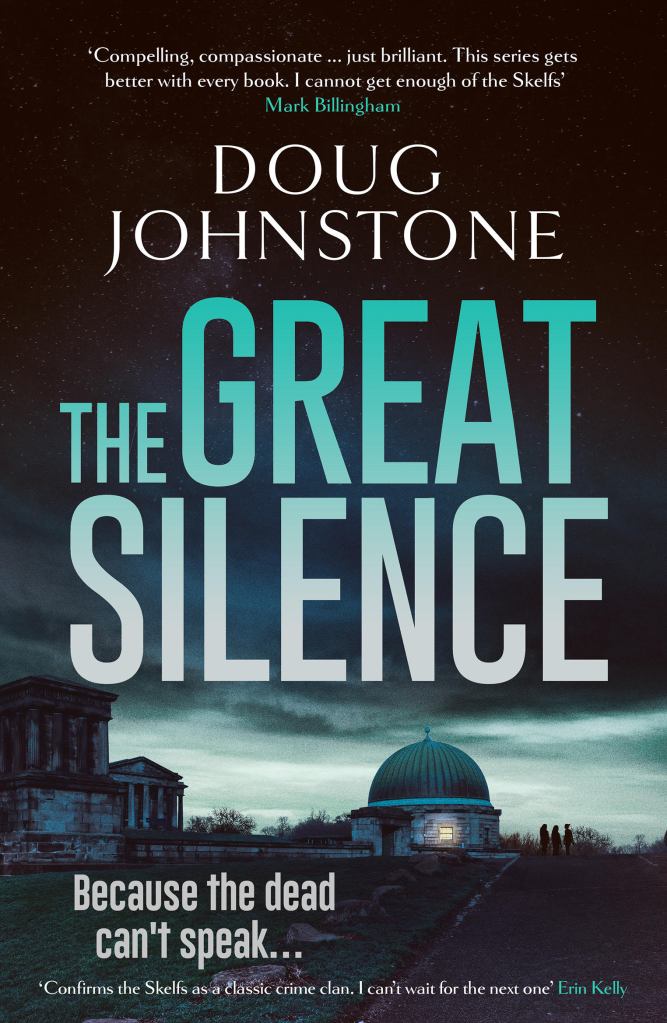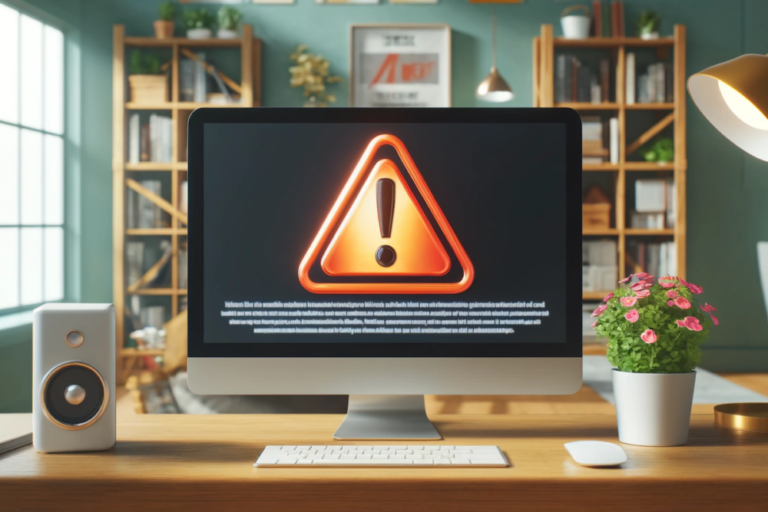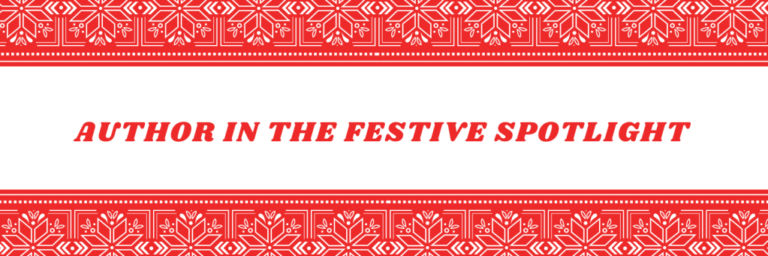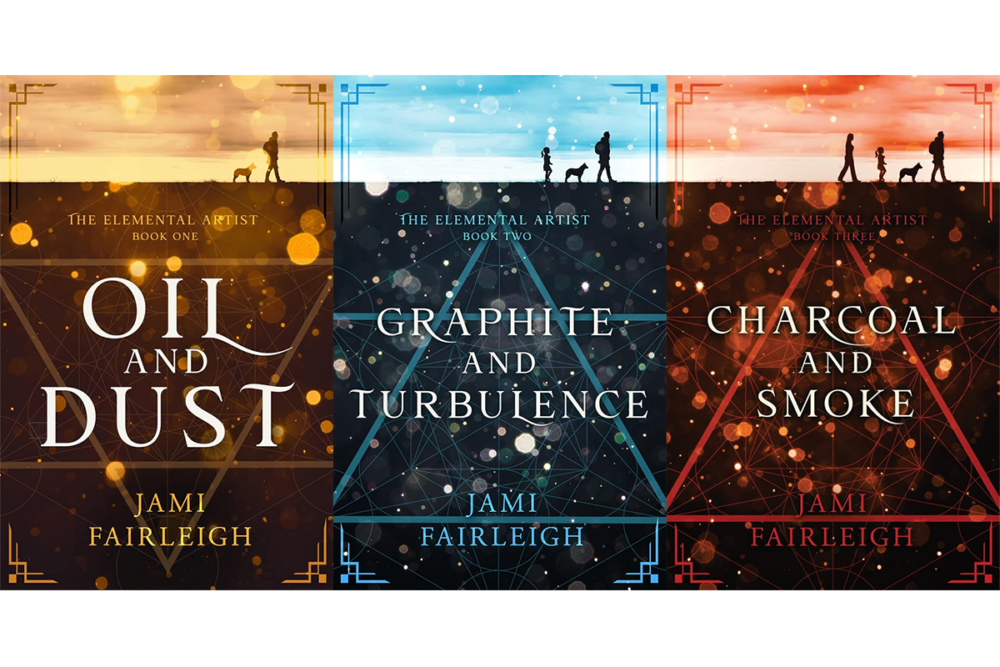
For years now, the Indie Author Project has made an effort to find the best self-published books in communities across the U.S. and Canada. The project encompasses public libraries, authors, curators, and readers working together to connect library patrons with great self-published work, primarily in fiction.
The Indie Author Project recently named their 2023 national contest winner, Jami Fairleigh, of the King County library system in Washington state. Fairleigh is a biracial, Japanese-American writer, urban planner, and hobby collector from Washington. Her writing has been published by Terror House Magazine, Horror Tree, Defenestration, and Amsterdam Quarterly.
Fairleigh has published three fantasy novels, all part of the Elemental Artist series. The first released in 2021; the most recent released spring 2023.
I recently emailed questions to Fairleigh about her self-publishing journey so far, and she graciously responded.
Jane Friedman: Your series falls into the humorous fantasy subgenre and off the top of my head, I can think of one well-known indie author, Lindsay Buroker, who combines fantasy and humor. But your works seem quite different than hers! Who do you consider your comps on either the traditional or indie side?
Jami Fairleigh: Oh boy. Right now, my expression must be much like the cartoon mouse who just got caught trying to steal a wedge of cheese. You know how people say you should write the book you wish someone would write? The part they don’t say is maybe no one has written it because they have no idea where such a book would live.
I like to describe Oil and Dust as post-apocalyptic fantasy with cozy vibes. Like a magical version of Bob Ross wandering around, making messes, and painting happy little clouds in Hugh Howey’s Wool or Emily St John Mandel’s Station Eleven.
Side note, I adore funny speculative fiction. I’m an avid reader of novels from Terry Pratchett, Douglas Adams, and Jasper Fforde. I didn’t intend for anyone to consider Oil and Dust as humorous fantasy, but it’s possible Amazon’s algorithm and I are amused by the same things.
Tell me about your path to publication for the Elemental Artist series. Was self-publishing the plan all along? How did you learn about the process once you decided to self-publish?
Before Oil and Dust, I’d started and abandoned over fifteen novels. Finishing the story surprised me. I sent it to a printer, then squinted at the box for a week. I didn’t know what to do with it. Luckily, I knew one professional author, so I reached out to Lindsey Sparks to ask why she had chosen to trek the indie route. Her passion for retaining her creative freedom and intellectual property really started me thinking, especially since I knew it would take four books to tell Matthew’s story. However, I still didn’t know if Oil and Dust had legs, so I sent it to Kim Kessler, a freelance developmental editor. The process was fantastic. Even better, it showed me it was possible to publish a book the way I wanted to by hiring a team of freelance professionals.
Going the indie route isn’t easy, and it isn’t cheap. For books as long as mine, developmental edits range from $1,000–$5,000 and copy edits are between $2,000–$3,000. That doesn’t include costs associated with proofreaders, formatting (or formatting software), ISBNs, covers, coaching, and marketing-related expenses.
There is a lot to learn if you go indie. But there are many resources to help you. Listen to podcasts, read books, attend online courses, join writing communities on whatever social media platform you prefer. You won’t have to go it alone—the indie-author community is wonderful and very supportive of other indie authors!
Your series covers look fantastic. Tell me about them.
Aren’t they pretty?? Andrew Brown at Design for Writers did a marvelous job. My initial request was impossible (I asked for a cover in “earth” colors but pretty, with a fantasy vibe, and including people silhouettes but no post-apocalyptic landscapes). Somehow, Andrew made it happen. Because I struggled to figure out good comparison titles (see above) I couldn’t use comp book covers as a starting place. Instead, he sent me to comb through the top selling fantasy and science fiction covers. My task was to understand what I did and didn’t respond to. That helped us get specific. It took a couple of iterations for us to come up with the concept of Oil and Dust. Afterward, the rest of the covers fell into place.
Unlike other indie authors I know, your books are available in hardcover as well as paperback and ebook. Did you release all three editions simultaneously? If so, that’s a meaningful investment upfront! Some authors I know will just do ebook and even wait on doing the paperback.
Yes! I actually released four—there’s also a large-print paperback version—and since I wanted to go wide, that meant separate cover versions for Amazon and IngramSpark too. It increased the cost and complexity, but all four versions of each book sell so I feel like I’m better meeting my reader’s needs.
Any plans for audiobook editions?
Absolutely. I wanted to release each audiobook at the same time as the other versions, but the first narrator I picked had production issues, throwing the timing off. As an audiobook fan myself, having a consistent narrator throughout the series is important to me. Instead of publishing the series with multiple narrators, I decided to wait on the audiobook versions until the series was done. Fingers crossed, I’ll publish the last book of the series this year, so we may move forward with audio narration soon!
The Indie Author of the Year Award is tied to the library community and partly chosen by librarians. Did you learn about this award through the library or elsewhere?
My local library organization (King County Library System) is huge, and I didn’t know how to approach them as a new, unknown indie author. Knock on doors with books in hand? Slide a couple of copies through the return book slot? I decided to do some research instead, and I learned about the Indie Author Project. Plot twist, people at the King County Library System were the ones who picked my book as the winner for the 2022 Indie Author Project regional contest (Washington State).
What has worked well for you in finding new readers for your series?
I chose to go wide from the start, wanting my books available to the largest audience possible. It was lucky I did too; Barnes & Noble picked Oil and Dust as one of their Top Indie Picks before it came out. They also picked it as their Nook Serial read in March 2022 right as the second book in the series came out. Many of my readers came from those two opportunities. It didn’t hurt that Oil and Dust also won 12th place in the Book Bloggers Novel of the Year contest (2022) and the Indie Author Project regional contest. From there, it’s primarily been word-of-mouth recommendations!
Learn more about Jami Fairleigh and her books.
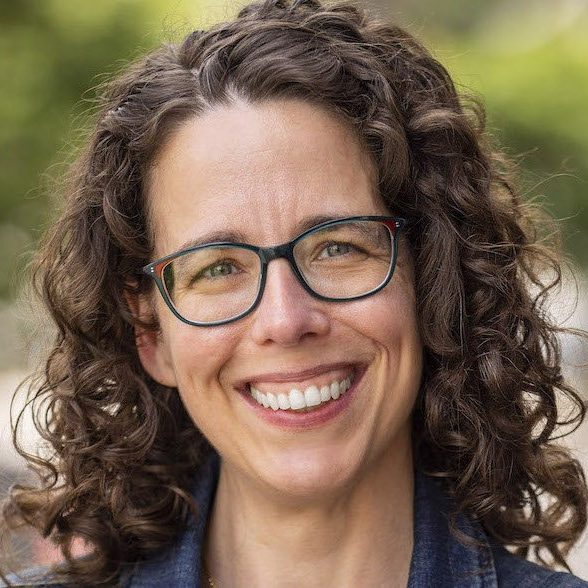
Jane Friedman has spent nearly 25 years working in the book publishing industry, with a focus on author education and trend reporting. She is the editor of The Hot Sheet, the essential publishing industry newsletter for authors, and was named Publishing Commentator of the Year by Digital Book World in 2023. Her latest book is The Business of Being a Writer (University of Chicago Press), which received a starred review from Library Journal. In addition to serving on grant panels for the National Endowment for the Arts and the Creative Work Fund, she works with organizations such as The Authors Guild to bring transparency to the business of publishing.

